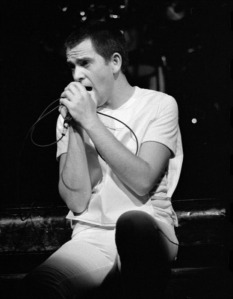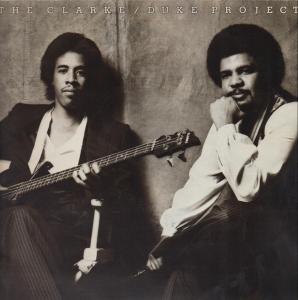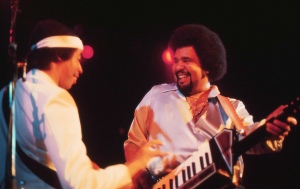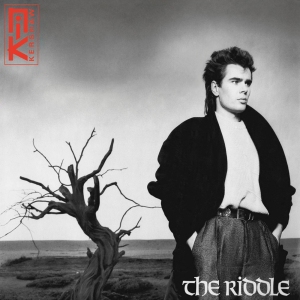 In the 1980s, big-name directors generally had no qualms about helming pop videos: Landis, Scorsese, De Palma, Fincher, Peckinpah, Demme, Friedkin and Sayles all brought their visual sense to bear on the medium.
In the 1980s, big-name directors generally had no qualms about helming pop videos: Landis, Scorsese, De Palma, Fincher, Peckinpah, Demme, Friedkin and Sayles all brought their visual sense to bear on the medium.
But if you weren’t tying the song in with a movie, you had to interpret the sometimes fairly nonsensical lyrics somehow (begging the question: were ’80s lyricists ever inspired by how their words would be interpreted in a song’s video?).
Given an almost blank slate, it’s fair to say that some directors’ imaginations ran riot; sometimes the storyboards got – how shall we put it kindly – a bit out of hand, riddled with disturbing symbols, disconcerting imagery and creepy concepts.
Here are five of the strangest clips of the decade:
5. David Bowie: ‘Underground’ (1986)
Legendary director Steve Barron (‘Beat It’, ‘Take On Me’) helmed this curio which accompanied David’s appearance in the movie ‘Labyrinth’. The song (which clearly influenced Madonna’s ‘Like A Prayer’ a few years later) seems to be about a young girl’s alienation and initiation into the adult world (‘No one can blame you for walking away… Daddy, daddy, get me out of here!’), echoing the movie’s plot. But the video goes off into very odd tangents: David dissolves into the floor, has a flashback to all his previous personas and then moves into a murky underworld where he becomes an animated character. The disembodied ‘helping hands’ from the movie mime to the gospel backing vocals and David dances with muppets before he rips off his ‘real’ face and becomes a cartoon character forever. Albert Collins’ earthy, raunchy blues licks seem a bit out of place alongside this surreal stew…
4. Laura Branigan: ‘Self Control’ (1984)
‘Exorcist’ director William Friedkin was in charge of this expensive curio. Words are hard to come by. This excellent analysis says it all really. Was the video an influence on Kubrick’s ‘Eyes Wide Shut’?
3. Bonnie Tyler: ‘Total Eclipse Of The Heart’ (1983)
Directed by another future Hollywood helmer Russell Mulcahy, this expensive weirdorama was filmed at the Holloway Sanatorium, a large, unused Victorian mental hospital in Surrey. It was a very apt choice of location: virginal boarding-school teacher Bonnie seems to be either dreaming or fantasizing about her students participating in various activities including swimming, karate, gymnastics, football, fencing, singing and dancing. As you do. Apparently there’s an urban legend that the boy who shakes Bonnie’s hand at the end is Italian footballer Gianfranco Zola. Let’s hope it’s true.
2. Peter Gabriel: ‘I Don’t Remember’ (1983)
This forbidding track, remixed from Peter Gabriel Plays Live, was never going to get a happy-clappy ‘Sound Of Music’-style vid, but it’s still pretty out-there. There are echoes of Bowie’s ‘Blackstar‘ in its conflation of poverty, physical threat, trance-like states and religious reverence. ‘I Don’t Remember’ is certainly one of the most distinctive vids of the mid-’80s but seems way too menacing for wide appeal.
1. The Jacksons: ‘Torture’ (1984)
The track seems to be about the ‘torture’ of relationship breakdown but director Jeff Stein and designer Bryce Walmsley (hi, Bryce!) over-egg the concept something rotten here. It pretty much comes on like a manual for trauma-based mind control. Both Michael and Jermaine refused to appear in the video, which ran over time and over budget, driving its production company into bankruptcy. Almost unbelievably, a wax dummy of Jacko was rented from a Madame Tussaud’s in Nashville and appears in three sequences including the tragic and really quite sad final salute. Stein recalls the shoot as ‘an experience that lived up to the song title’ and says it was so stressful that one of his crew members lost control of her bodily functions. Vigilant Citizen has put together an excellent analysis of the video.
Any more for any more? Let me know below.



 Punk’s tributaries reached far and wide post-1976.
Punk’s tributaries reached far and wide post-1976. 

 There’s no escape these days.
There’s no escape these days. 








 In the ’80s, there was no shortage of pop coverage to inspire conversation in the playground, whether it was Boy George’s first appearance on ‘Top Of The Pops’, Michael Jackson’s ‘Thriller’ video or Matt Bianco being verbally abused live on children’s TV.
In the ’80s, there was no shortage of pop coverage to inspire conversation in the playground, whether it was Boy George’s first appearance on ‘Top Of The Pops’, Michael Jackson’s ‘Thriller’ video or Matt Bianco being verbally abused live on children’s TV.  In the world of late-1980s US rock, guitar virtuosity was the order of the day.
In the world of late-1980s US rock, guitar virtuosity was the order of the day.